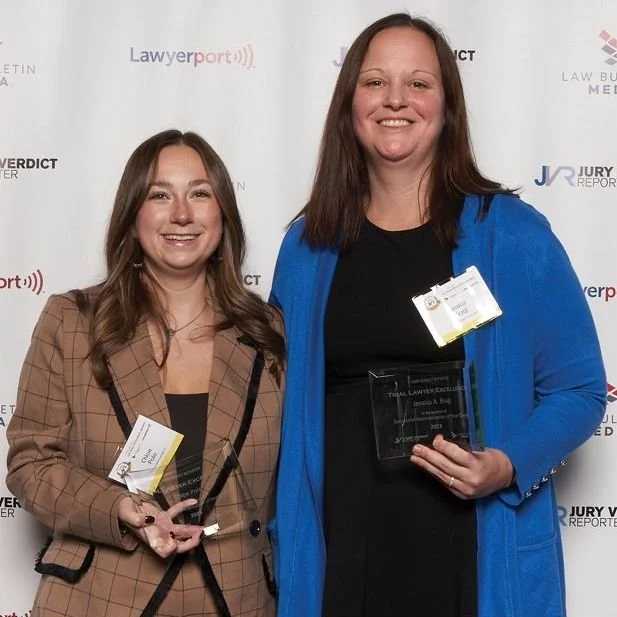By: Jessica Biagi
Want to instantly communicate and share information with interested parties of a claim? There are apps for that. Looking for a simple way to increase efficiency and productivity? There are hundreds of apps for that. There are even apps these days that allow adjusters to estimate repair costs, evaluate pitch, and record interviews. There seems to be an app for everything these days. The possibilities are truly endless. So where do you start?
In this age of smartphones and tablets, you “app up” not to gain a competitive edge, but rather so that you are not left behind. Mobile functionality is the new standard these days. Yes, its great that you were able to check your email or read a news article while you waited for your flight. But the adjuster that sat next to you at the airport was able to: review and annotate PDF documents from his desktop; electronically sign his name to a report; schedule a video conference with defense counsel; share updated travel information with his family; edit correspondence to be sent to a claimant; translate a recorded statement from Spanish; upload all his work to a secured network; and, email any changes he made to his colleagues working back at the office. With all that he accomplished, your fellow traveler now has the free time to enjoy the peanuts and the in-flight movie. That could have been you! That should have been you! Assuming you are ready to take the plunge and truly utilize that smartphone of yours, increased productivity is just a finger swipe away. Categories of apps await you.
There are apps for creating/editing documents, apps for taking notes; apps for storing documents; apps for researching; apps for organizing and scheduling...apps for pretty much everything. With literally thousands of apps out there, the prospect of going mobile can be intimidating. How do I know which app to download? What are the things I should look out for? Once I've downloaded an app, how do I learn how to use it? Although many apps are free or inexpensive, downloading an app is not just something you dive into. First, it can be dangerous. While some companies, like the Apple Store, screen their apps, other companies do not and put you at risk to hackers and viruses. Moreover, if you are dealing with confidential information, there is an ethical duty to make reasonable efforts to protect that information and make sure it remains secure. The good news is that there are countless websites only a Google search away that review apps and recommend which apps are safe and secure to try. In addition, you do not want to overdo it and flood your phone or tablet with apps. Yes, there are a lot of cool apps out there. However, downloading too many apps can be costly, distracting, and counter-productive. You do not need to be a “Jack of all apps” to increase productivity. Actually, learning how to use apps takes time, practice, and patience. You would be better off (and I bet more efficient) if you selected and mastered only a few (especially those that integrate with other apps). So before hitting that download button, you should ask yourself, “What tasks do I most want to accomplish when I'm away from the office?” No matter the answer, my guess is that there's an app for that!
To get you started, here are apps that come commonly recommended. For reviewing and editing documents, Goodreader, iAnnotate, Pages, and Documents-To-Go.
For storing and sharing documents among devices, Dropbox, SpiderOak, and Box.com.
For taking and sharing notes, Noteshelf, Notability, and Evernote. For creating presentations, Explain Everything, Keynote, and Timeline 3D.
For electronically signing a document, SignMyPad, and SignNow.
For scanning documents into a single PDF, DocScanner and Genius Scan.
For scheduling and networking, Reminders, Calvetica, TripIt, MobileDay, and Smartr.







